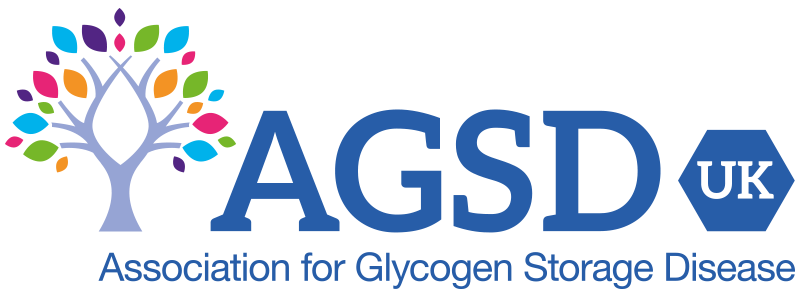It can take many years to achieve a diagnosis, but it is getting better with genetic testing, and now there is a national clinic to provide support.
Starting the diagnostic journey
Usually by about age 10 it is clear to parents that a child has some problem with their muscles, it being especially obvious in the legs. Unfortunately when presented to the family doctor the child appears normal and is most often dismissed as lazy or unit. You may be misdiagnosed one or more times over a period of about 20 years until one day things fall into place.
The breakthrough may come when a new doctor listens carefully, or during a hospitalisation for rhabdomyolysis (muscle breakdown). Or then again it may just be from a lucky break.
A simple blood test can indicate problems
Anyone with a history of painful muscle cramps affecting any skeletal muscle during activity should lead the doctor to suspect a metabolic muscle disease. Cramps which occur within a few minutes of initiating activity and subside rapidly with rest should alert the GP to undertake a serum Creatine Kinase (CK) test. If CK is raised it is highly suggestive of a muscle disease and a referral can be made to an appropriate specialist for diagnosis.
Genetic test
If your symptoms, history and any initial results such as the CK test indicate a muscle disease you are likely to have some blood taken for DNA analysis to confirm the diagnosis. If you have had rhabdomyolysis they might decide to do a gene panel which covers approx 40 conditions that can lead to rhabdomyolysis. Alternatively if the picture is not clear, your consultant may decide that a muscle biopsy is a better option.
Referral for diagnosis
If the picture is not very clear there are other non-specific tests that may be employed first to narrow down the list of possible diagnoses. These include an exercise test, a non-ischeamic forearm test, and EMG and occasionally a muscle biopsy. For these you are likely to be referred to a neuromuscular specialist or a neurologist. Whichever route you take to diagnosis, once that is achieved you should be referred to the national service for McArdle Disease Clinic and related disorders, see next tab.

